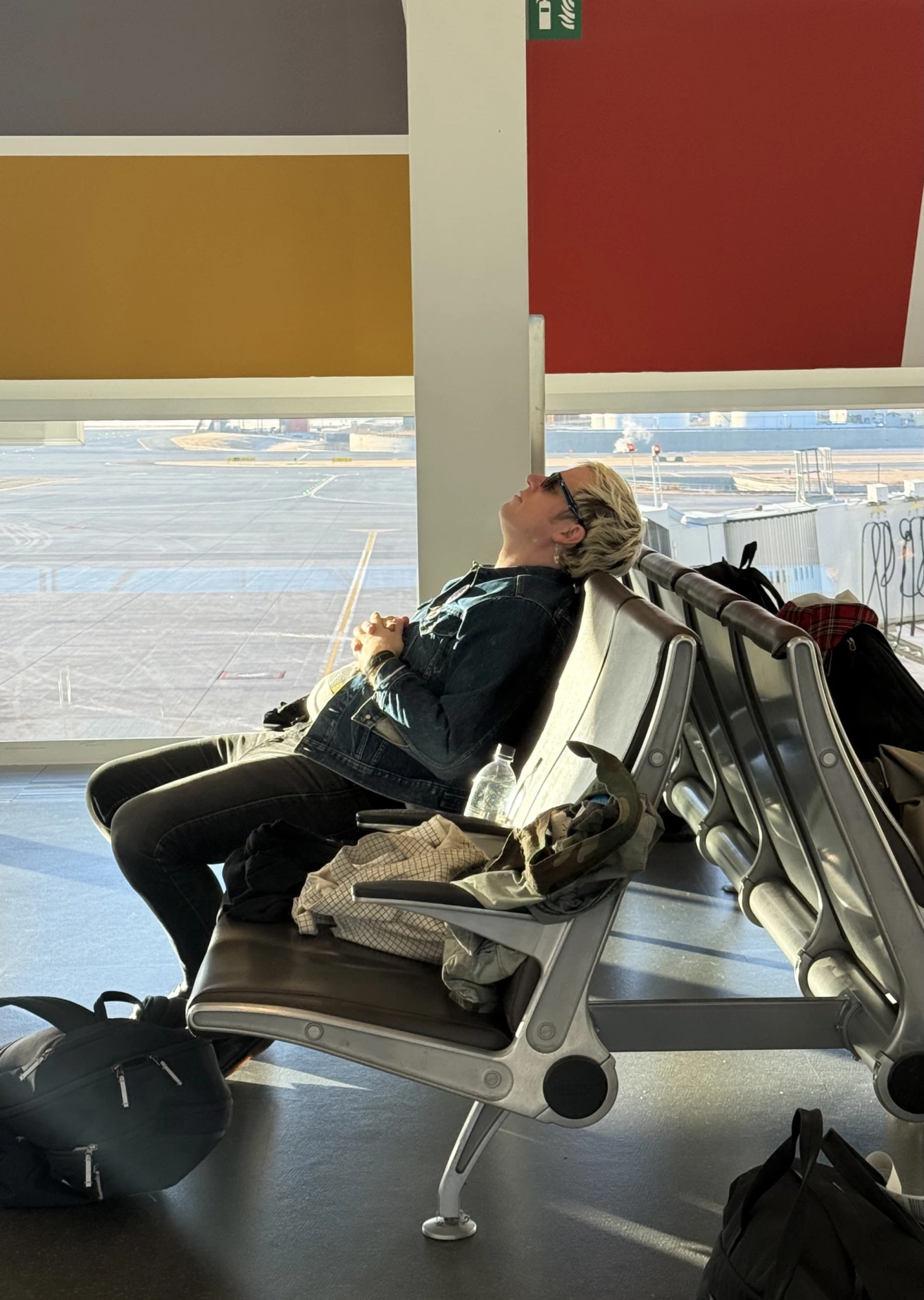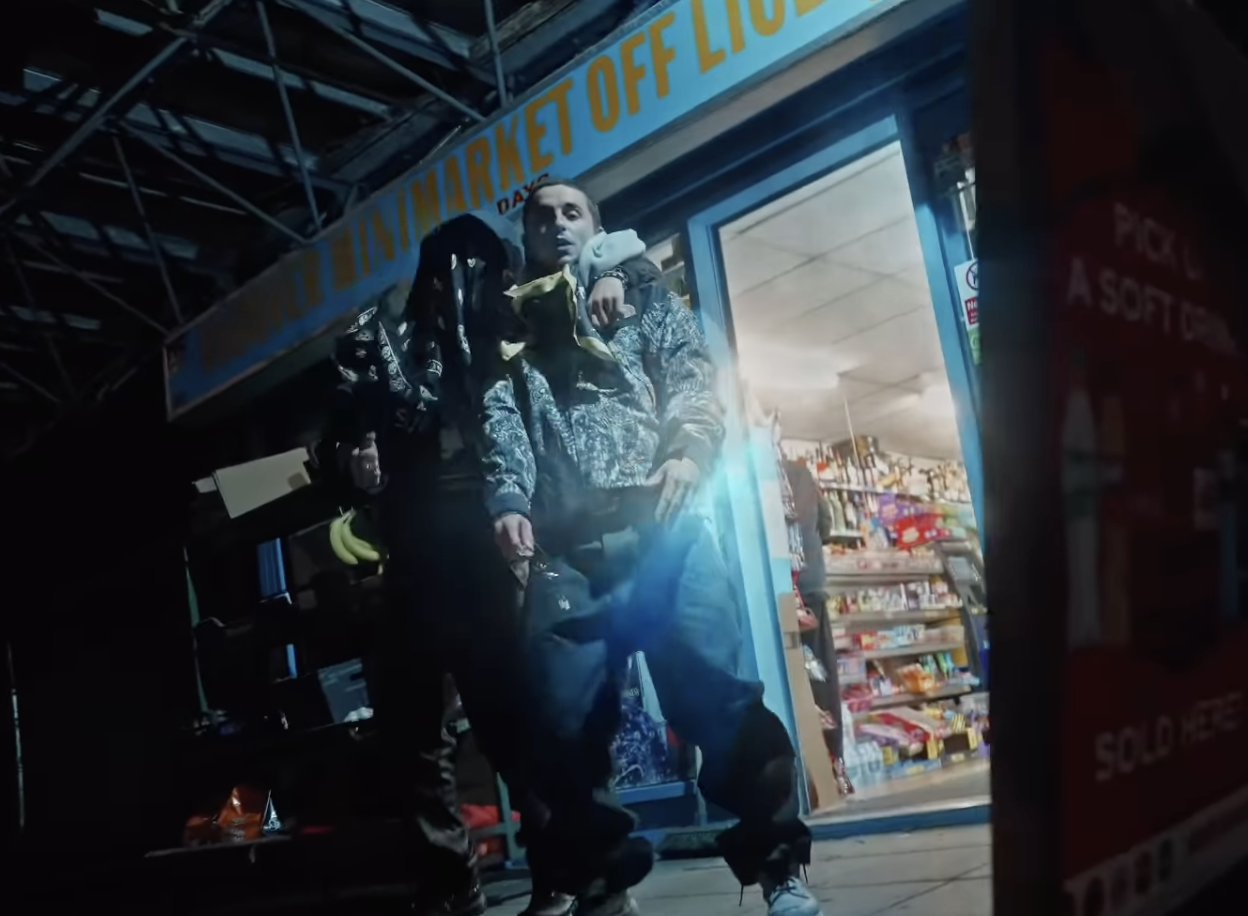Randy Bachman was having severe back pain. His doctor told him that the solution was to stop playing guitar. The main offender was the 1959 Les Paul Standard he’d used to write and record “American Woman” with the Guess Who.
“That’s not going to happen,” he immediately shot back. In the decades that followed, the Guess Who guitarist went on to form Bachman-Turner Overdrive and eventually, he also enjoyed a solo career. In that time, he amassed hundreds of additional guitars.
The pandemic and the return of his fabled orange 1957 Gretsch guitar in 2022, which had been missing for nearly 50 years after being stolen in 1976, sparked a decision to trim down his collection. This week, he’s auctioning off close to 200 guitars from his vast holdings — including that ‘59 “American Woman” Les Paul.
While conversing with Ultimate Classic Rock Nights host Matt Wardlaw, he discussed what fans can find at the auction — and also shared the story of writing “American Woman.”
You’re selling about 200 of your guitars, which to most people, that’s an unbelievable number.I’m putting in my ‘59 Les Paul Standard, which is one of the rarest in the world. The Les Pauls from ‘58 through ‘60 are the holy grail of blues and rock guitars. It’s my “American Woman” guitar. My two white BTO Strats are in there as well. The Les Paul was too heavy. After playing it for 10 years and screwing up my back, the doctor said, “You’ve got to stop playing guitar.” I said, “That’s not going to happen.” I went into the music store and said, “What’s the lightest guitar you have?” He said, “A Fender Stratocaster.” So I started playing Strats in BTO. I still played the Les Paul sitting down in the studio, for solos in BTO, because of the big, thick fat sound in that guitar and then my rhythm tracks were the Stratocasters.
But that Les Paul is pretty much brand new. When you look at the picture on the website, it looks brand new or refinished. But it’s all original. Nothing’s been done to it. I’ve got maybe six or eight 1959 Gibsons, which are very, very rare. Because in those three years, they used animal glue. They heated hooves and skin and made the glue. Then when they put the neck on the body and put the body together, that glue somehow permeated the pores of the wood and petrified it. So when you play the guitar, it’s like a petrified log, the way Brian May’s guitar is made out of a petrified log from his fireplace, right? These were the only guitars in the world that sounded like that. Then they started using normal glue in ‘61 and all of the tones changed on the guitars. It’s really tough to let them go.
Watch Randy Bachman Discuss His 1959 Gibson Les Paul
READ MORE: Bachman-Turner Overdrive Deliver Their Debut Album
What do you remember about putting “American Woman” together?Well, the song came from a jam on stage. I was playing that ‘59 Les Paul. It was in a curling rink in Kitchener, Waterloo. There was a bonspiel the next day, which is like a curling tournament, so there was ice. This is in February. There’s ice and they put plywood on the ice and the people are in there at a dance. They’re freezing, wearing rubber boots, tuques and parkas. We’re on stage freezing. It was a Canadian gig, so it was like a three-hour dance. If we played in the States, we’d play for 20 minutes. You’d pick out two or three of your hit songs. You played with the Turtles, Sam the Sham and the Guess Who and all of that stuff. Here, we were playing alone. I break a string and Burton Cummings says, “Randy broke a string, he’s got to change a string.” I had no roadie, no tech, no spare guitar, no nothing. “Talk amongst yourselves!” The band leaves the stage, I go up behind Burton’s piano. I put the string on my Les Paul, in the dark with no bench.
If you’ve ever strung a Les Paul with a Bigsby [tremolo bar], the string has to come on, go over the bridge, under the bar, over the Bigsby bar, around the bar…..I’m trying to do it in the dark and bend the string and it’s taking me [forever] and everybody’s talking. I finally get the string on and you’ve got to tune a Bigsby over and over, because as you’re tuning it, the spring in the Bigsby pulls down. You tune the guitar once, you tune it again and finally, everything is in tune. So I’m [playing notes] on the piano and the guitar, tuning it. Suddenly, [I heard something]. When I tune a guitar, I always do an E chord, but I do the high E on the seventh fret and then I do it on the fifth fret and the second fret. So I’m getting an E, a B, an E, a B, an open B, an open E and then I do it on the D and I do it on the seventh fret [Bachman imitates the familiar “American Woman” pattern] and suddenly, the whole audience was talking, they all stopped and looked at the stage. I go, “Oh my God, I can’t forget this riff!” I stand up and I’m in the dark.
The drummer, Garry Peterson, starts playing drums. Jim Kale comes up and starts playing bass. Burton Cummings doesn’t come! He’s out in the back of the hall. When we would take a break, we always had a set list planned. After the break, we’d go on as a band and start to jam the first song of the set list. We’re playing this song and Burton doesn’t recognize it. He doesn’t know where the music’s coming from. He thinks they’re playing a record. Somebody says to him in the audience, “Why aren’t you on with the band?” He looks and we’re on stage, playing this riff. He comes running on stage and I say, “Do a solo!” He does a harmonica solo. He plays a piano solo and then he does a flute solo. I yell, “Sing something!” He goes, “What do I sing?” I said, “Sing anything.” He sang it four times, “American woman/ Stay away from me.” He said it with different phrasings and the crowd went nuts. This went on for seven or eight minutes. I played a solo and then he sang it again. When it was done, the audience felt a spark, I felt a spark — we all felt the spark that, “Wow, this is really something.”
So we go in to record it a couple of weeks later and we can’t get it. [Producer] Jack Richardson says to us, “How did this happen?” I said, “Well, I was all alone.” He said, “Okay, great. Everybody leave the studio, put out the lights. Randy, get on your knees in front of Burton’s piano. Detune your Les Paul and tune it up, see if you can come up with the riff.” We had forgotten it. I tune it up, everybody comes in and he rolls the tape. We still have that tape, by the way, no one has ever heard it. Because I’m doing the riff and Burton’s singing. He sang, “I don’t want your war machine” and he’s saying, “I could put in the lyrics about the ghetto scene, the war machine.” I said, “Put it in and make it rhyme.” For me and Burton, it was a crowning achievement, because it was a one-riff song. Some of our songs, like “These Eyes,” it’s got 22 chords and it keeps changing key. You’ve got to be a master player if you can play and sing “These Eyes.” It’s like “Giant Steps” by John Coltrane, but it’s a pop song. For us to do a one-chord song, like “Bo Diddley” or “Whole Lotta Love,” was really a big deal. “American Woman” was a big one-chord song and it went to number one. Every once in a while, someone like Lenny Kravitz does it. It opened the Country Music Awards and Kelly Clarkson sang it, as a woman. It was amazing. Fantastic. She’s like Aretha [Franklin], when she really screams.
READ MORE: The Day Randy Bachman Left the Guess Who
How did you feel when you heard Lenny’s version?I came home from a trip. I had been on tour with the band. There’s a CD in the mail, it’s lime green. There’s six versions of “American Woman” with a note from Mike Myers saying, “The original is in the [Austin Powers] movie and I got Lenny to do the closing credits. Which version do you like?” So I picked one by Timbaland, which has more vocals on it. But it was Lenny with his computer at home, playing with a drum machine. I’ve still got that somewhere, I’ve got to find it. I picked one of those and then he released several versions. But it was a big deal for Lenny. He had had many, many hits. His greatest hits [album] came out and wasn’t really selling. They pulled it back, put “American Woman” on it and boom, it went multi-platinum. He got a Grammy for Best Male Rock Vocal Performance[in 2000] on that song. That revitalized his career and now he’s the Lenny Kravitz. There’s a great version of “American Woman” with him and Prince on a New Year’s Eve. Both of them are soloing and singing “American Woman” with a full band playing — including saxes and horns. It’s just amazing.
Watch Lenny Kravitz and Prince Perform ‘American Woman’
The Very Best Albums From More Than 100 Classic Rock Acts
There comes a time in every serious artist’s career when they set their legend for future generations.
Gallery Credit: UCR Staff







